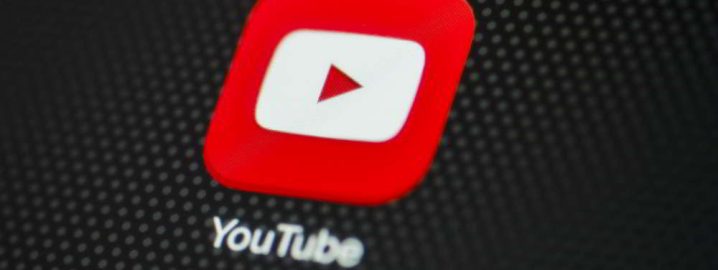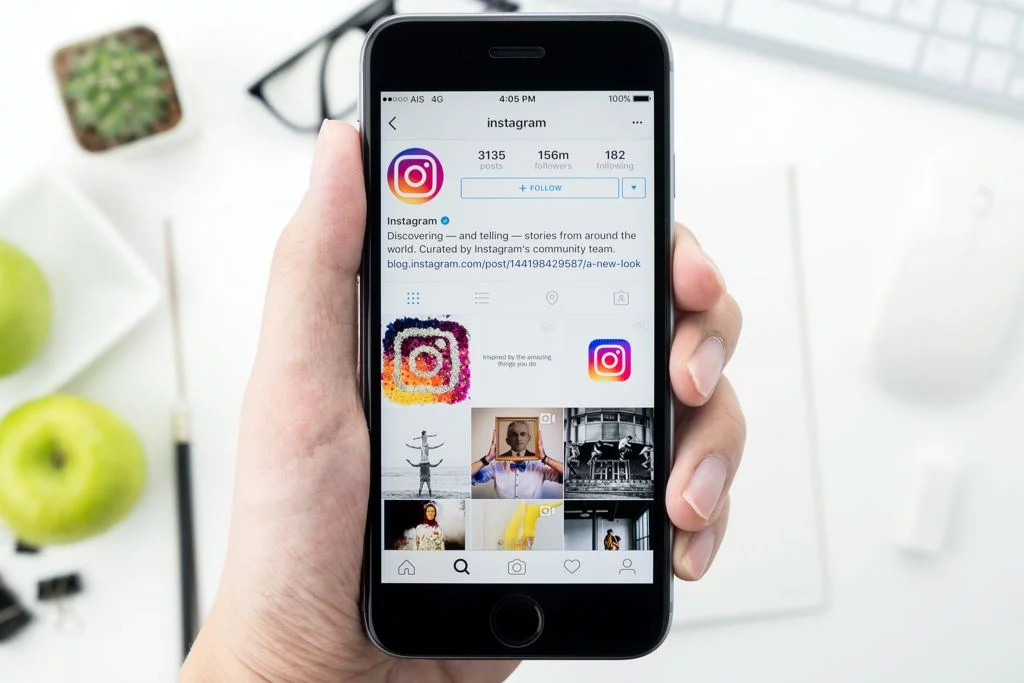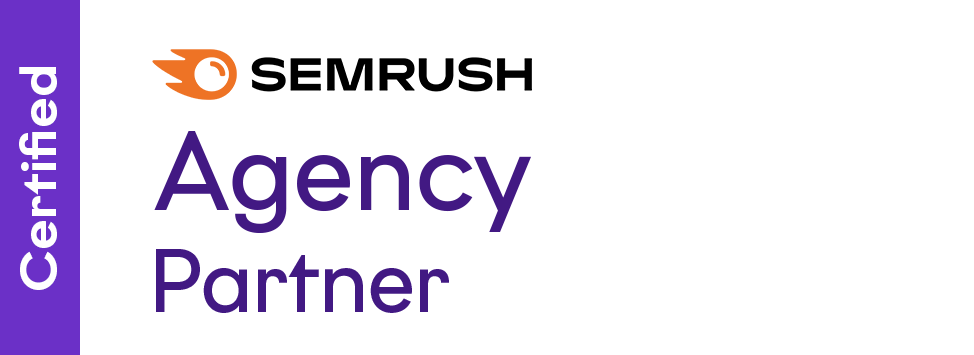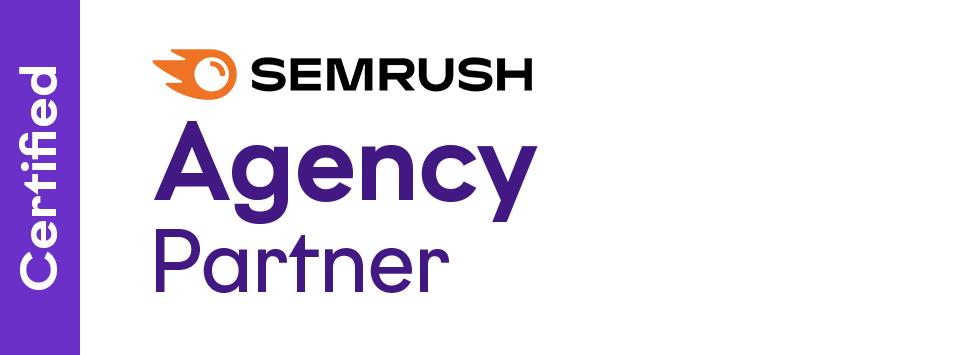In the world of marketing, video has become the greatest tool in a brand’s toolbox. Why? People are very visual and tend to pay closer attention to information that stimulates that portion of the brain. So much so, that Wirebuzz estimates that viewers retain up to 95% of video content, versus approximately 10% of other content. And according to most online sources, video made up for a full 80% of internet traffic in 2023. In this article, we’ll explain how you can optimise your videos for search engines, so you can take advantage of the trend in video content.
Why Youtube SEO?
Numerous incentives exist for prioritising video marketing or adapting your content to suit this dynamic format. A primary motivator, discovered by many, is the enhanced ability to rank well.
As the proprietor of YouTube, Google notably favors its videos by prominently displaying them as featured snippets at the top of search results. Consequently, when you perform a search, it’s common to find relevant videos occupying prime real estate on the first page, even if your query wasn’t specifically video-related.
Consider the instances of video-only featured snippets where YouTube content dominates the visible portion of the screen, or rich snippets that highlight a video’s thumbnail and author. These standout features in search results, even if they don’t secure the top spot, are all activated by YouTube videos. Surprising? Probably not.
Here’s the video-only featured snippet where there’s nothing but YouTube video in the above-the-fold part of the screen:
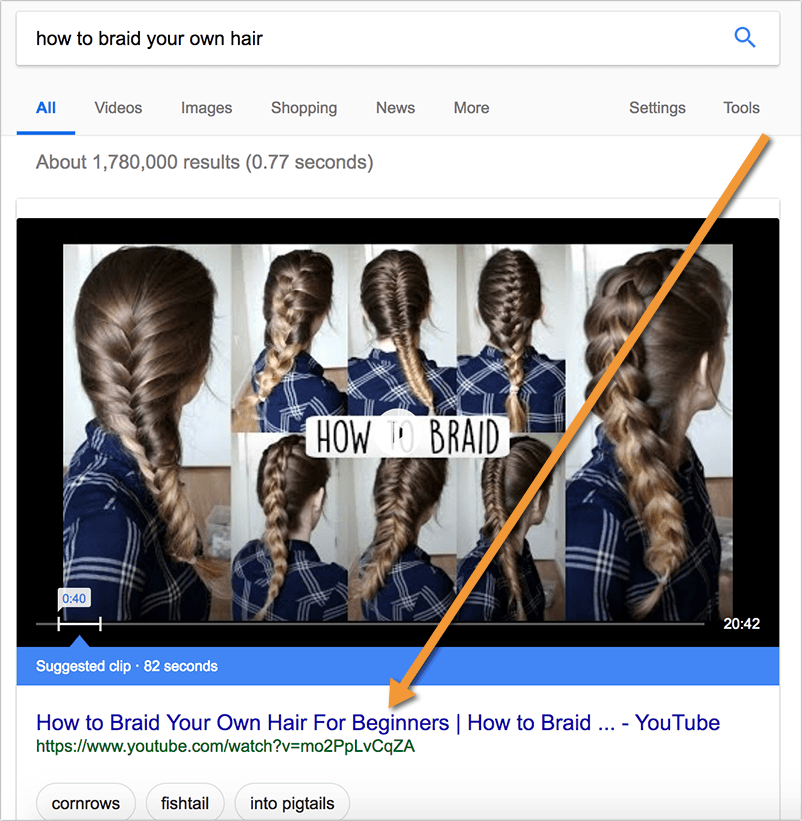
Here’s a rich snippet showing the video thumbnail and author (A great way to stand out in search, even if you didn’t manage to rank it #1!):
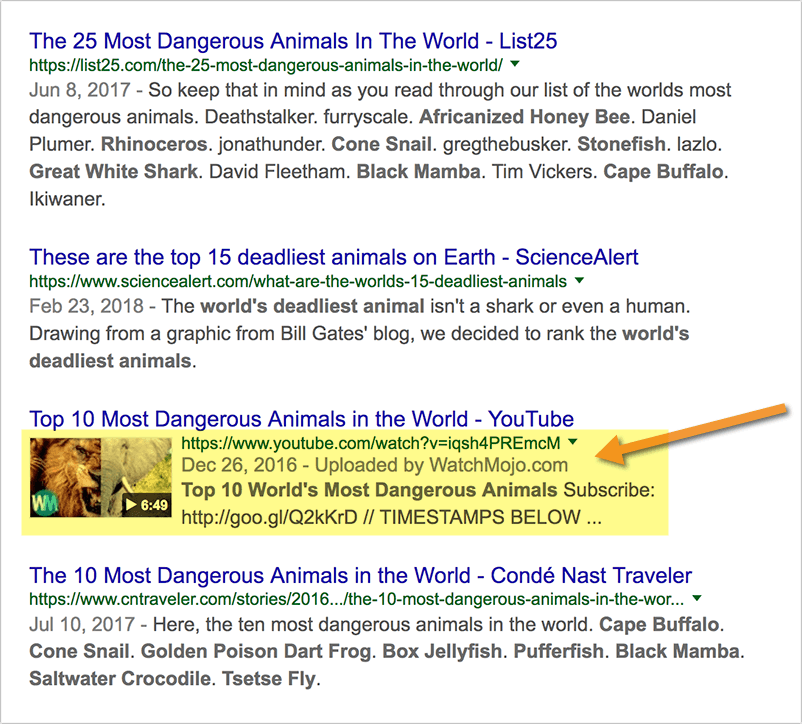
All of the above special search elements are triggered by YouTube videos… Surprised? I guess not.
What does that tell us? If you want to reach the top of Google’s search results, videos can be a powerful booster for your ranking power.
Apply Basic SEO Best Practices When Optimising Your YouTube Videos
Video optimisation is exactly the same as you’d do for your image optimisation. You need to make sure keywords are in place where it gives them prominence and makes it easier for Google to understand what the video is about. Here are some steps you can take to optimise your YouTube videos:
1. SEO optimise your video’s file name
Before uploading to YouTube, consider the file name as an initial SEO step. The file name impacts how search engines interpret and rank your content. Include concise, descriptive keywords in the file name to enhance its relevancy. For example, if your video is titled “Perfect Chicken Cordon Bleu (MOST DELICIOUS RECIPE EVER!)”, a file name like “perfect-chicken-cordon-bleu-recipe” is optimal. This not only captures the essence of the video but also aligns with likely search queries.
2. Choose an eye-catching video titles
The title of your video is pivotal in attracting viewers and improving search rankings. Strive for a balance between incorporating relevant keywords and creating a compelling hook that stands out from the crowd. The title should grab attention while also clearly indicating the video’s content. Remember, your title is prominently displayed in search results and is often the first impression potential viewers have of your video.
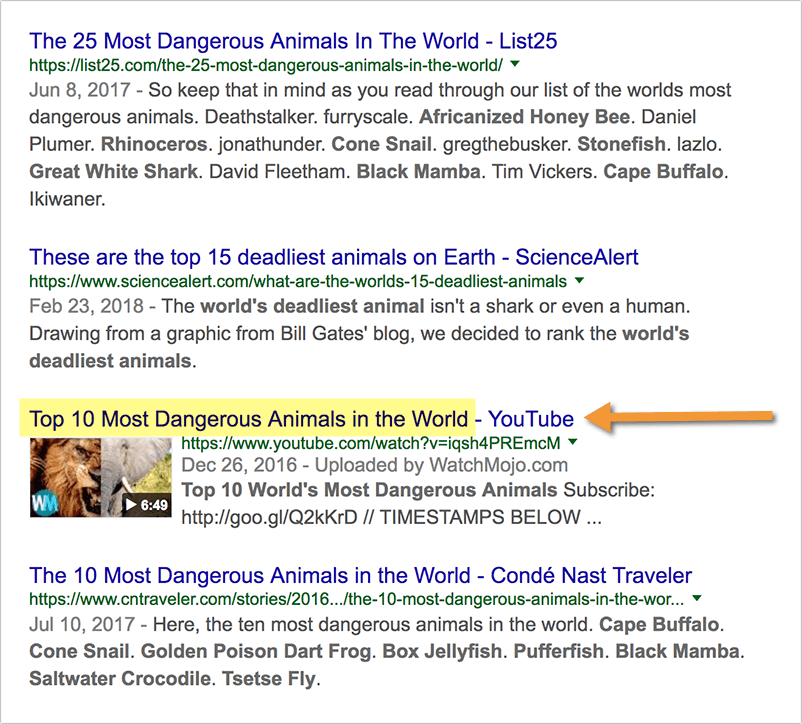
But it can also make a great difference on Youtube too:
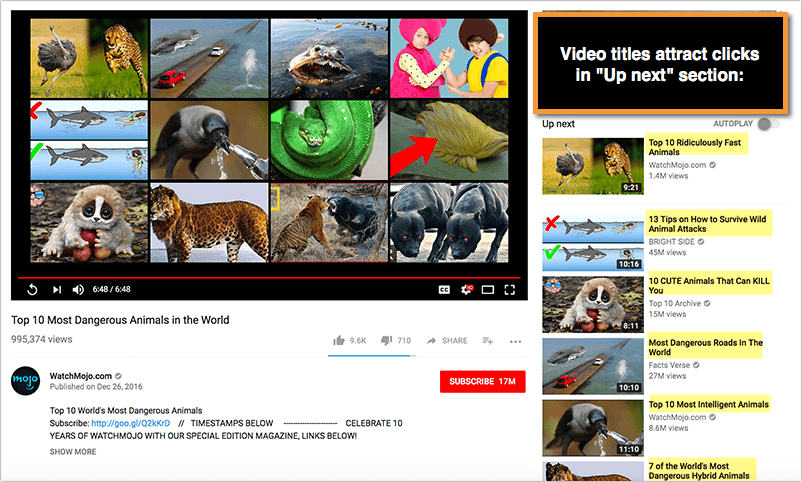
3. Optimise your video description
While search engines may struggle to interpret video content directly, they can easily read and analyse the accompanying text. A well-crafted description can significantly boost your video’s visibility. YouTube allows for descriptions of up to 5,000 characters, offering ample space to include detailed, keyword-rich text. Start with a concise, engaging summary that captures the viewer’s interest and includes a direct URL or call-to-action early on.
Continue with a more in-depth explanation, ensuring the most crucial information appears before YouTube’s “Show More” cutoff. Although Google’s search snippets display only the first 100 characters, the full description is crawled, making every word an opportunity to enhance your SEO.
When creating your descriptions, try following this format:
- Sentence 1: Really solid description of the video;
- Sentence 2: URL to website or some kind of CTA;
- Sentence 3: The rest of your description, with the most relevant within those first couple of sentences before the cut-off.
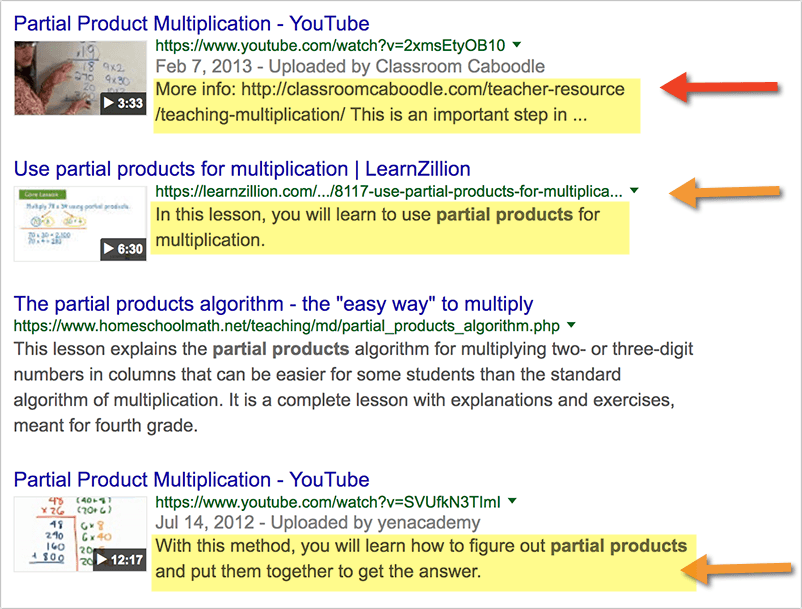
Advanced Strategies for YouTube Optimisation
One of the factors that can lead to your video getting a featured treatment in Google is having a higher ranking on YouTube. This catches more views and potential subscribers to your channels. The more popular you are, the more likely you are to get recommended. But you need to optimise your videos properly.
1. Have a good video thumbnail
Your thumbnail is your first impression. It’s what entices viewers to click on your video among a sea of options. Ensure it’s visually appealing and relevant to your content. While it’s wise to understand the prevailing style within your niche, always tailor it to suit your brand and the message you want to convey.
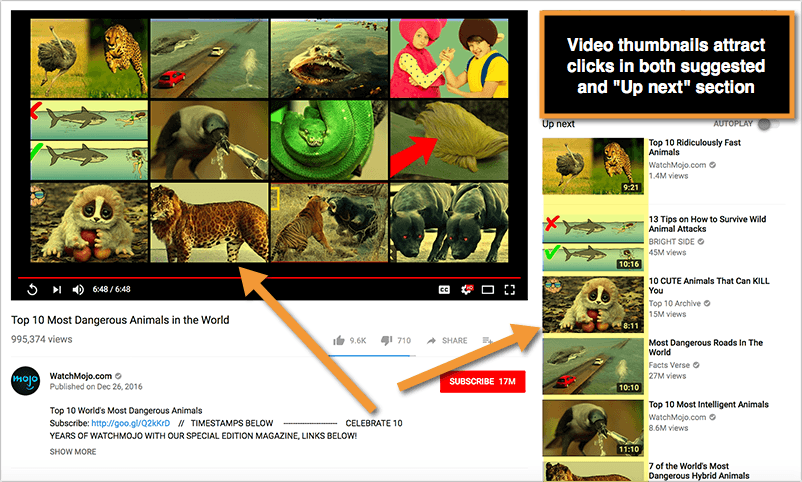
2. Include tags that help promote your video’s message
Tags are crucial for categorising your content and improving its discoverability. However, they must be used judiciously to avoid diluting your message. Instead of a scattergun approach, choose five to six highly pertinent tags that directly relate to your video’s topic. This ensures you attract an audience genuinely interested in your content.
3. Encourage interaction and sharing of your videos
While YouTube engagement can be sporadic, actively encouraging and participating in interactions can significantly boost your channel’s popularity. Respond to comments, address your audience directly in your videos, and create content that invites viewer participation. Genuine appreciation, as demonstrated by YouTubers like Markiplier, can create a strong community and drive views.
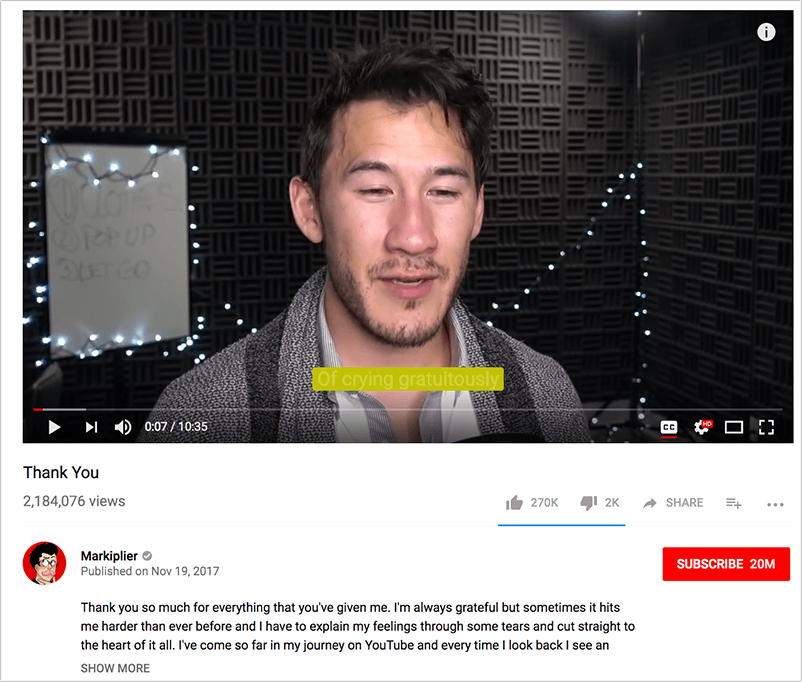
4. Create easy-to-watch and search video playlists
Playlists not only make it easier for viewers to find related content but also improve your search visibility. Curate your videos into coherent playlists, and consider creating series that viewers can follow. This not only enhances the user experience but also encourages longer viewing sessions, boosting your YouTube ranking.
5. Have a fully filled-out YouTube channel
YouTube channels can be neglected as people focus on the content. Subscribers tend to see new videos on the front page and through search so that isn’t a huge surprise. Content creators forget that every little bit of information on a channel’s main page is a chance for crawlers to see more keywords and improve their search results as a whole.
Look at popular YouTuber Jenna Marbles and her channel page. Her content is the primary focus but she has a branded cover, some basic information in her About for business opportunities, and a ton of playlists to help navigate her many videos. She knows what is needed for what purpose: her videos are for fans, and her About is for people looking to connect professionally. Her brand is established on the front page of her channel.
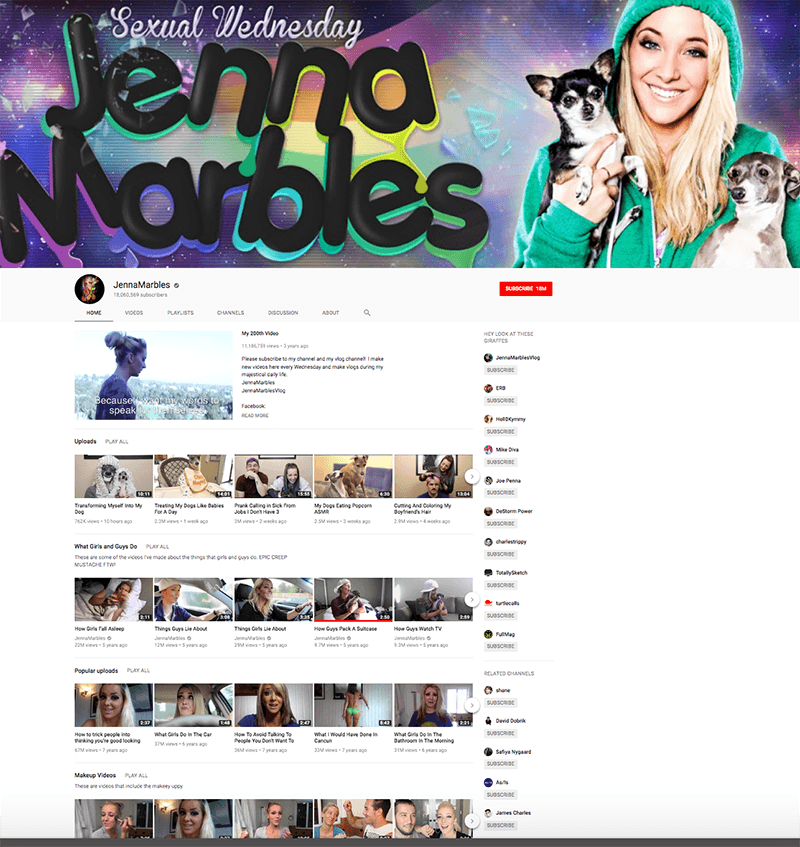
6. Look out for re-uploads.
Content theft can dilute your views and affect your ranking. Regularly search for unauthorised re-uploads of your videos and report them to maintain the integrity of your content and channel.
7. Watch for YouTube’s terms of service
Stay informed about YouTube’s policies to avoid penalties or demonetisation. Adherence to their terms ensures a smoother journey and helps maintain your channel’s credibility and ranking.
8. Keep an eye on the competition
Keep an eye on what’s working for others in your niche. Examine their video titles, descriptions, tags, and overall content strategy. Learn from their successes and adapt those strategies to fit your unique content and style.
Boost Your Online Presence with our SEO Services
Navigating the complexities of SEO can be challenging, but you don’t have to do it alone. As a Melbourne-based SEO agency, we’re equipped with the expertise and tools to enhance your online visibility and drive meaningful results. Our team is committed to providing personalised strategies that align with your unique goals and target audience.
Whether you’re looking to improve your website’s ranking, enhance user engagement, or increase your overall digital footprint, we’re here to help. Let’s collaborate to unlock your full online potential and propel your business forward. Contact us today and discover how our SEO packages and services can transform your online presence.


